Why parsley was banned in Russia: are narcotic substances present in the plant?
Parsley is one of the most popular spices. Despite its widespread use in cooking, recently curly parsley, or rather, its seeds, are ranked among the plants containing narcotic substances.
Is it true that a garden plant contains narcotic components, and is there any benefit from parsley - we will tell further.
The content of the article
Description of the plant: chemical composition, trace elements and vitamins of curly parsley
Immediately we will reassure our readers: no one forbids eating the plant and growing parsley in the garden for food purposes. The decree deals exclusively with the specific use of plant seeds.
Curly parsley appeared in the human diet as early as the 6th century - the inhabitants of the Mediterranean coast, having discovered this plant, began to add it to dishes to improve the taste and aroma. However, at first people were attracted not by the unique taste of parsley, but by its original appearance and specific smell. Due to its unusual appearance, the plant began to be used as a decoration - in flower beds, in front gardens, parks, etc.
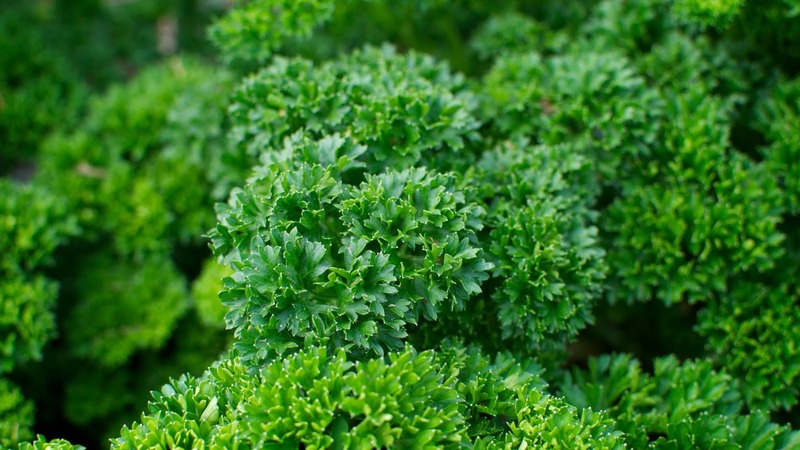
Parsley is popular not only for its aromatic taste, but also for its medicinal properties. This is due to its rich composition:
- vitamins A, B (B1, B2 and B3), E, PP;
- calcium, magnesium, iron, phosphorus and potassium;
- carotene;
- vitamin C:
- organic acids;
- flavonoids;
- pectins;
- furocoumarins;
- phytoncides;
- essential oils.
Important! There are two daily doses of vitamin A per 100 g of greens, which is responsible for the youth of the body and prevents premature aging.
Properties of curly parsley
The varied chemical composition of greens has determined a wide range of its use due to the positive effect on the human body.
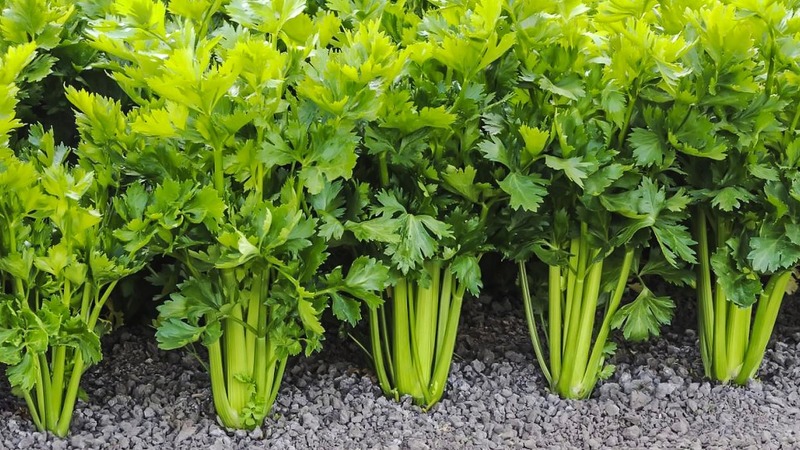
With regular consumption of parsley:
- normalizes the work of the digestive system, eliminates constipation;
- improves the condition of the genitourinary system - greens are recommended for disorders of the bladder, liver and kidney diseases;
- normalizes the work of the heart and blood vessels, reduces fluid stagnation and solves the problem of cardiac edema;
- increases male libido, helps to regulate the menstrual cycle in women;
- stimulates gastric secretion, reduces gas production and increases appetite;
- strengthens the walls of blood vessels and capillaries;
- relieves pain and spasms;
- removes toxins and toxins from the body, helps with intoxication of the body;
- improves visual acuity;
- accelerates metabolic processes, relieves excess weight.
The high content of ascorbic acid strengthens the immune system and stimulates the body's defenses against microbes and viruses. In addition, parsley has anti-inflammatory, antibacterial, anti-aging, sedative and choleretic effects.
Greens are widely used not only in folk medicine, but also in cosmetology. Parsley removes freckles and age spots, fights acne, relieves puffiness under the eyes and fights bruises.
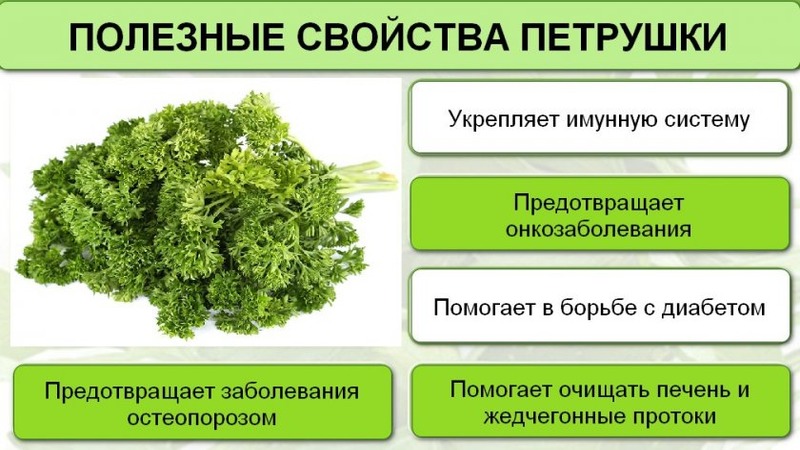
Curly parsley varieties and their uses
Curly parsley is presented in several dozen varieties.
Among the most popular:
- Kucheryavets. A frost-resistant, pest and disease resistant variety of curly greens.It has an average ripening period, is distinguished by large leaves, corrugated, saturated green color. Grows in voluminous bushes. The leaves and stems of the Kucheryavets variety are stored beneficial features and spicy aroma for a long time.
- Mooskrause 2. The variety, bred in Germany, belongs to the category of mid-season plants. The grass differs in appearance - it has compact, spreading, corrugated leaves of a rich green hue and a strong aroma. It is highly resistant to drought and disease, and easily tolerates low temperatures.
These varieties are used as a seasoning and base for the preparation of medicinal infusions.
Why the plant became banned in Russia, and is it so
In 2011, Rospotrebnadzor banned the use of parsley (or rather, its seeds) in Russia for the production of dietary supplements, including the plant in the list of products containing potent poisons and narcotic substances.
The reason is the content of certain substances in plant seeds that can be used to make drugs.
In total, the list of Rospotrebnadzor includes more than 350 various plants grown in our country.
Attention! There is no ban on growing and eating curly parsley. It is only the preparation of drugs or any other preparations from seeds.
Is the plant recognized as a drug addict
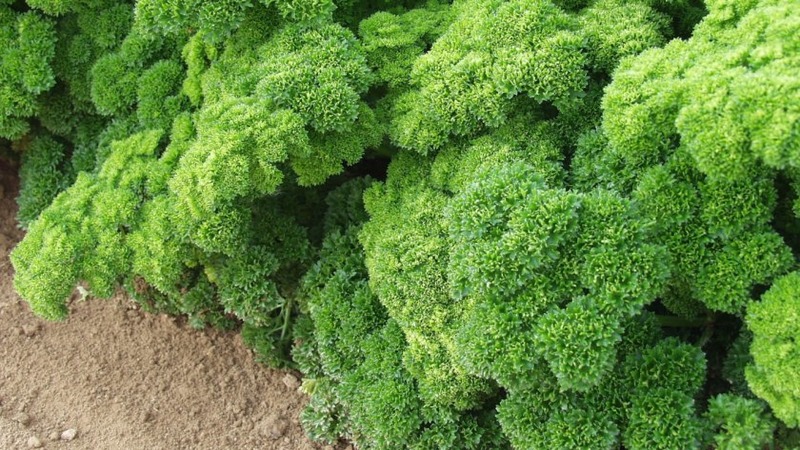
Parsley itself is not considered a drug, but its seeds can serve as raw materials for the manufacture of oil that is dangerous to human health.
It is hardly possible to achieve a narcotic effect by simply eating seeds - this will require a huge amount of them. Moreover, in addition to the curly plant, there are many other products on our table that contain substances with ambiguous properties. It is impossible to prohibit them all, and there is no point in it.
Important! Despite the fact that it is almost impossible to achieve a narcotic effect, it is still worth closely monitoring the dosage of parsley oil. Its excessive consumption can lead to serious consequences and even death.
What summer residents should do and should they be afraid of a ban
Despite the fact that curly parsley is partly prohibited, it has not disappeared from the shelves of shops and summer cottages. And there is nothing wrong with that - criminal liability is provided only if cultivation and the sale of parsley and its seeds is for the purpose of drug manufacture.
Experts explain: the inclusion of parsley in the list of prohibited plants with dangerous and toxic substances in the composition does not mean that it can no longer be grown in the garden for personal purposes or used for cooking. therefore ordinary summer residents who grow culture without a second thought have nothing to be afraid of.
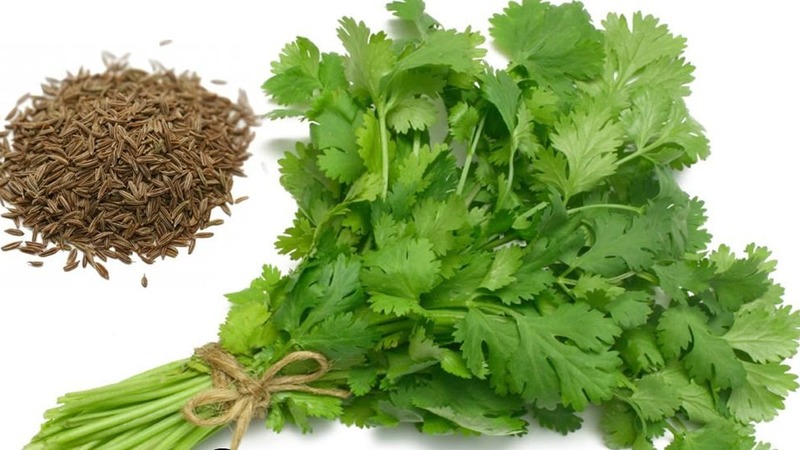
What can be the consequences
In the event that law enforcement agencies prove that parsley was grown for the extraction of narcotic substances from seeds, the violator is presented with Article 228 of the Criminal Code of the Russian Federation. According to this article, punishment is provided in the form of a fine, executive labor or imprisonment up to three years.
It is not entirely clear how exactly one can prove the presence of malicious intent when growing greenery. In any case, there are no precedents for “round-ups” on summer residents and bringing them to justice.
It is interesting:
How to make ice from parsley for the face.
How does parsley help from puffiness under the eyes and how it can be used.
Conclusion
The ban on parsley in Russia does not apply to summer residents and gardeners. The list of prohibited plants included only curly seeds because of the possibility of using them as raw materials for drugs. In all other cases, ordinary summer residents and lovers of fragrant greenery have nothing to fear.
Moreover, the composition of parsley, rich in the content of vitamins and microelements, makes it an irreplaceable product for humans. Regular consumption of the plant has a beneficial effect on the body, helps with certain diseases and slows down the aging process.